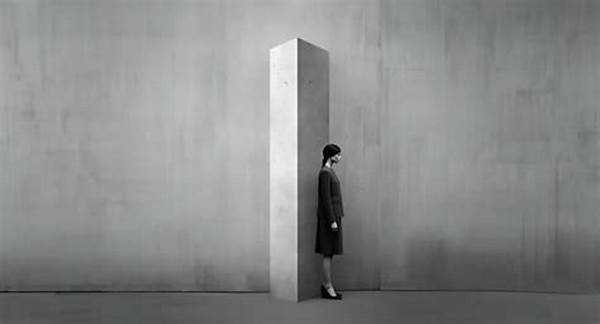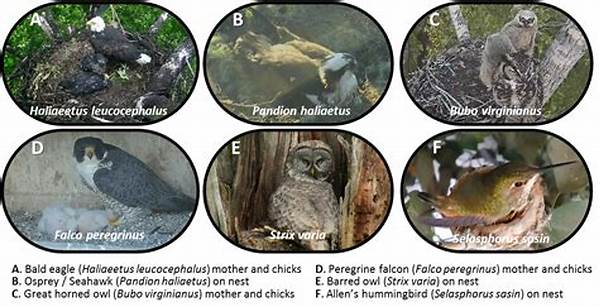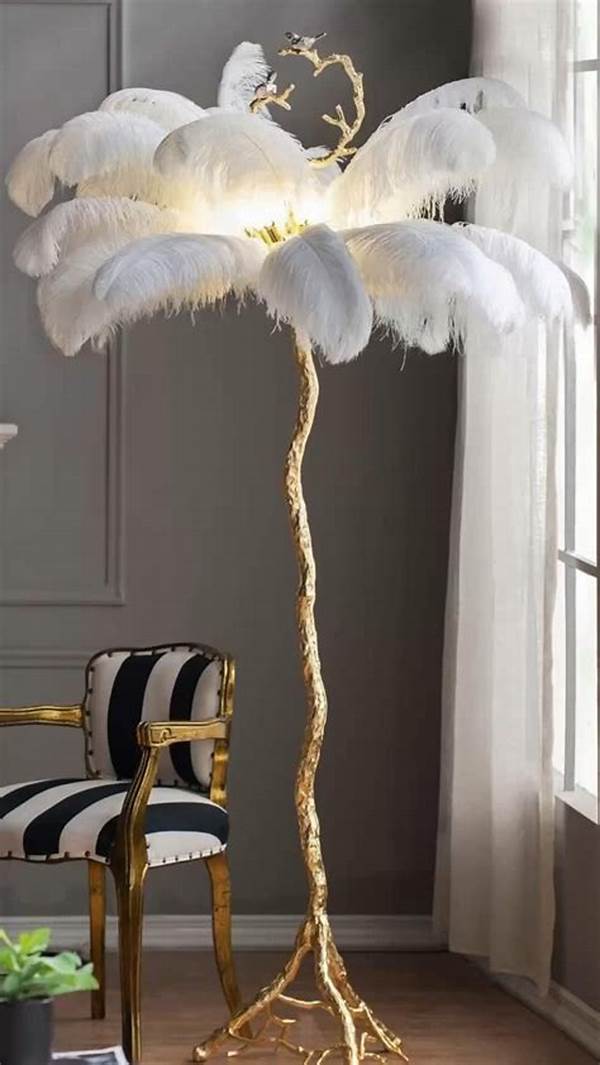Hey there, fellow photography enthusiasts! Ever found yourself scrolling through Instagram and getting mesmerized by those dreamy, minimalist photos? You know, the ones with subtle tones that just scream elegance? Well, you’re not alone. Mastering the art of minimalist editing for photos can totally transform your shots from “meh” to “wow” in a heartbeat. Minimalism in photo editing is all about embracing simplicity and focusing on essential elements. So, let’s dive into the world of minimalist edits and explore how you can make your pictures look drop-dead gorgeous with just a few tweaks.
Read Now : Mobile Photography Post-processing Tips
Why Minimalist Editing Works Wonders
Minimalist editing for photos is like that little black dress in your wardrobe—timeless, versatile, and effortlessly chic. It’s all about subtracting the noise and letting your photos breathe. When you opt for minimalist editing, you’re essentially enhancing the natural beauty of your shot. This approach helps highlight the subject of your photo, bringing attention to what matters the most. It’s not about adding more; it’s about simplifying and refining.
Implementing minimalist editing for photos involves a few key techniques. First, think about reducing saturation to create a more muted palette. This technique allows the focus to shift to composition rather than color riot. Next, embrace negative space in your editing process. Giving your subject room to breathe can dramatically increase the visual impact. Lastly, pay attention to details like light and shadows, which can add a layer of depth to your pictures. By following these principles, your photos can achieve a sense of elegance and sophistication without piling on the effects.
Steps to Achieve Minimalist Editing
1. Reduce Color Clutter: Start by desaturating unnecessary colors. Minimalist editing for photos often relies on a narrower color palette to maintain a sleek look.
2. Embrace Simplicity: Keep your edits simple. Use subtle tweaks like contrast and brightness to make your subject pop without overpowering it.
3. Play with Exposure: Adjust exposure to either create a soft, dreamy effect or a sharp, crisp one. Both can work wonders in minimalist photography.
4. Utilize Negative Space: Let your subject breathe by including plenty of negative space. It draws attention and adds drama to the photo.
5. Focus on Texture and Detail: Highlighting texture, such as skin or fabric, can add depth without cluttering the image. Simple, yet effective use of texture can elevate your minimalist photography game.
Crafting Your Editing Style
Finding your groove in minimalist editing for photos is a journey, not a destination. It’s all about experimenting and seeing what clicks with your style. Maybe you’re into cool, muted tones, or perhaps warm, earthy shades are your thing. The key is consistency. Whether you’re using Lightroom, Snapseed, or your phone’s native editing app, create a template that you can tweak for different shots.
Remember, minimalist editing for photos doesn’t mean sticking to one style forever. As you evolve as a photographer, your editing style will naturally shift. Don’t be afraid to try new things. Some days, you might feel bold and want stark contrasts; other days, subtlety might be your vibe. The beauty of minimalist editing is that it’s adaptable to whatever narrative you want your photos to tell.
Ten Quick Tips for Minimalist Editing
1. Start with a Neutral Base: Begin with a neutral preset to give yourself a clean slate for minimalist editing for photos.
2. Less is More: The fewer the edits, the more striking the picture.
3. Natural Light is Your BFF: Trust me on this one—make it work to your advantage!
4. Highlight the Subject: Make sure there’s a clear focus in your image.
5. Control Your Whites and Blacks: Balancing these can change the entire mood of your shot.
Read Now : Romantic Outdoor Couple Photography Ideas
6. Be Consistent: Establish a consistent editing workflow to streamline your process.
7. Stay True to Your Image: Edit to enhance, not to change the story the photo is telling.
8. Practice Patience: Great editing takes time. Don’t rush the process.
9. Seek Feedback: Constructive criticism can guide you in the right direction.
10. Keep it True: Your edits should complement the subject, not take over.
Finding Inspiration in Minimalist Editing
It’s easy to hit a creative block, am I right? But minimalist editing for photos is a style that can help you get out of a rut. Think of it as meditative; sometimes, stripping down all the complexities from an image can give you a newfound appreciation for the raw, unedited version. The room for error is minimal, and you’ll become more discerning about which elements truly matter.
A lot of the magic in minimalist editing for photos lies in observing everyday moments—the play of light through a window, the texture of peeling paint, or even the art in a shadow cast by an object. Start snapping these unscripted moments and apply your minimalist techniques. You’ll discover beauty where you never imagined.
The Personal Touch of Minimalism
Your journey with minimalist editing for photos can be as unique as your fingerprint. This style is not just about following rules; it’s about breaking them when necessary. Sometimes, the best works come from spontaneous editing sessions where you let your instincts lead. It’s like cooking without a recipe, and trust me, your photos will thank you for it.
Developing your personal style involves a lot of trial and error—and that’s okay. Remember, photography is a form of self-expression, and minimalist editing gives you a blank canvas to work on. So, go ahead and make mistakes, tweak settings, and explore. Your growth as a photographer lies in every edit you make.
Minimalist Editing: The Cheatsheet
Summing it all up, minimalist editing for photos is all about elegance through simplicity. You don’t need fancy filters to make your photos stand out. Sometimes, the most stunning visuals come from making conscious, minimalist choices in editing. The focus should be on enhancing the photo subtly rather than transforming it into something it’s not.
For anyone just starting, embrace the idea that minimalist editing can be both an art and a science. It’s not always about following the textbook but more about capturing the essence of a moment. Once you figure out the basics, the editing process can become a delightful, creative routine rather than a chore. With minimalist editing for photos, you’re not just editing a picture—you’re telling a story, your story.



